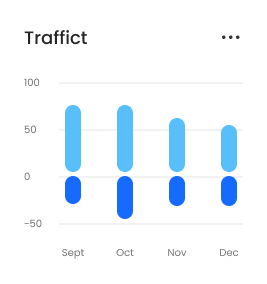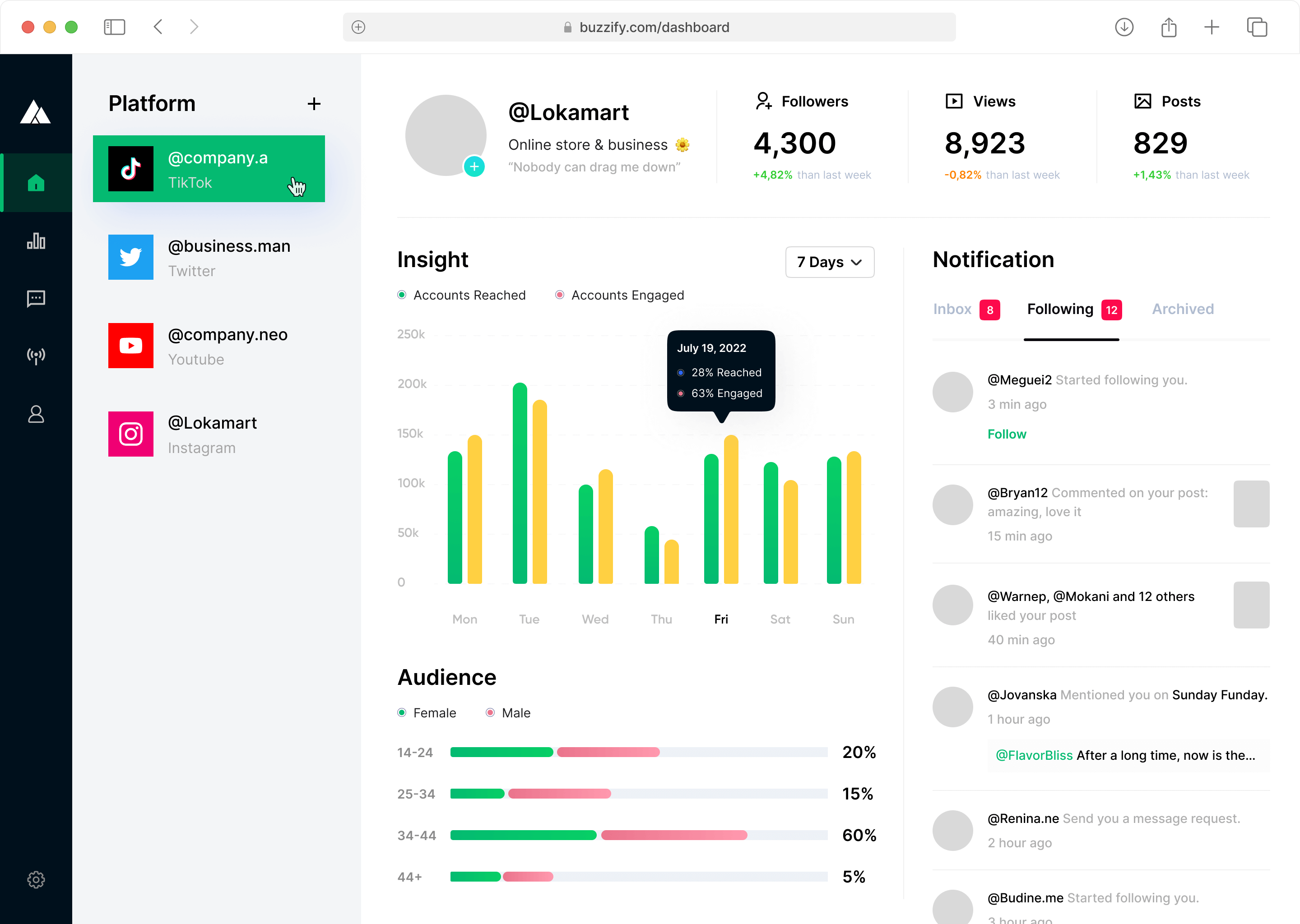Social Media Analytics and Strategy" is the English translation for
Brand Overseas Marketing


Brand Overseas Marketing
Brand overseas marketing refers to the strategies and activities that businesses undertake to promote their brand and products in international markets, aiming to expand their global influence and market share. This typically involves in-depth research of the target market, including analysis of local culture, consumer behavior, market demand, and competitive environment, in order to tailor marketing strategies that fit the local market.
When implementing overseas marketing strategies, companies may employ a variety of methods, such as digital marketing, social media promotion, local brand partnerships, participation in or hosting of local events, and more, to establish brand awareness and consumer trust. Successful overseas marketing not only enhances the brand’s international image but also effectively increases sales and market share.
- Market Research
- Brand Positioning
- Digital Marketing
- Cooperation and Joint Ventures
- Product Adaptability
- Continuous Assessment and Adjustment

获得免费咨询
Discover XinSou’s Overseas Marketing Services and Customize Your Journey to International Marketing Success.
Effective overseas marketing strategies consider cultural nuances, including language, customs, and values, to ensure messages resonate with local audiences.
When entering new markets, brands must comply with local regulations, including advertising, product safety, and data protection laws.
Utilize digital tech and social media for market outreach and customer interaction, with strategies like SEO and content marketing to boost global brand recognition.
Monitor market trends and feedback to adjust strategies, focusing on segmentation and campaign optimization for better brand performance.

12 Years Dedicated to Overseas Marketing Strategy and Execution
Overseas Marketing Process
We help businesses launch marketing activities overseas by

Market Entry and Strategy Formulation
Market research and analysis are essential for brands to grasp the culture, political landscape, economy, and consumer behaviors of the target market. This phase focuses on identifying the target audience, analyzing competitors, and spotting market opportunities to inform strategic market entry and positioning, along with pricing, distribution, and promotional strategies.
Marketing Execution and Localization Adaptation
After entering the market, brands must focus on localizing marketing efforts. This includes adapting advertising language to align with local culture and modifying product features to meet the needs and preferences of local consumers. Additionally, leveraging local media and marketing channels is crucial, such as collaborating with local influencers and participating in or sponsoring local events to increase brand visibility. During this phase, brands should closely monitor the effectiveness of marketing campaigns and swiftly adjust strategies based on market feedback.


Sustained Growth and Optimization
Continuous optimization and strategy adjustment are crucial for maintaining market position and achieving long-term growth. Brands should regularly evaluate the effectiveness of marketing campaigns by measuring ROI through consumer feedback, sales data, and market trends. Based on this data, brands may need to adjust their strategies, introduce new products, or further localize their marketing activities. Additionally, nurturing relationships with local partners is key to ensuring sustained success, aiding in deep market understanding and rapid response to changes.

Customer Feedback and Reviews






